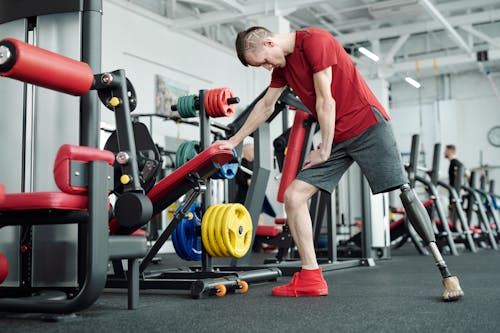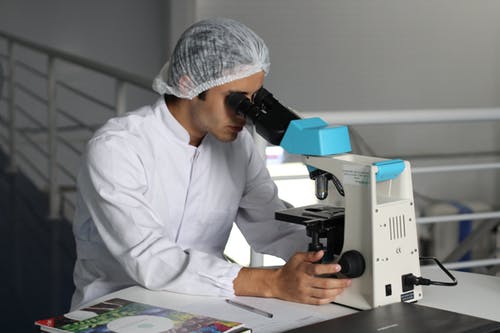Innovative technology that has remained seated in the “dream stage” for some time, additive manufacturing (also known as 3D printing) is fast gaining genuine momentum, especially for use in the business environment.

Innovative technology that has been in the “dream stage” for some time, additive manufacturing (also known as 3D printing) is gaining genuine momentum, especially for use in the business environment.
Remember those days when the 3D printing service Australian industry was still in its infancy stage? The technology was so young then and many others were getting so excited about the Brooklyn Bridge miniature versions and cartoon characters like Mickey Mouse to hang on our bedroom walls.
While it may be difficult to imagine, the first 3D printer was built in 1983, according to certain sources. In the ensuing years, technology has unquestionably progressed, with breakthroughs being disclosed on a nearly daily basis. However, the reality is that the 3D printing sector already appears to be considerably different from the way it was ten years ago. By 2030, it will be unrecognizably different from today.
Fortunately, in this day and age, 3D printing is being used to address much broader issues and tackle complicated problems across a wide range of industries, including manufacturing, medicine, and even humanitarian relief.
3-dimensional printing, otherwise known also as additive manufacturing, works by layering materials to create an object. Rather than soldering and cutting, additive manufacturing smoothly adds layers to produce similar structures. Items produced with this method are also far more durable, lighter, heat-repelling, and more importantly, require only a few parts.
At the Forefront of Technological Improvements
Insiders in the business feel that additive manufacturing technology will be the catalyst for the greatest advancements in the sector. Speed will be increased in 3-dimensional printers in order to better accommodate larger, industrial-sized jobs in the future.

According to Forbes, MELD Manufacturing successfully designed 3D printing machines for field use. This will help lay the groundwork for the application or use of additive manufacturing in unrestrained situations. Hence, they’re likely to become even more beneficial in remote regions and allow for more 3D printed constructions.
3D printing service Australia industry aims to improve supply chain efficiency. Many businesses will implement additive manufacturing or 3D printing into their supply chain, with most products created on-demand and locally. They’re not necessarily made using additive manufacturing, but rather a melding together of various kinds of manufacturing technologies, including additive manufacturing.
3D printers will also increase versatility in other ways, such as the ability to print in a variety of materials, such as ceramics and metal, even within the same 3D printing equipment. When 3D printers can print one thing that contains several materials,
3D printers will not only increase the range of materials available, but they will also enable the use of multiple components, such as metal and even ceramics, within the same machine. When 3D printers are capable of printing a single object that is composed of multiple materials, the potential for new applications will be greatly boosted.

